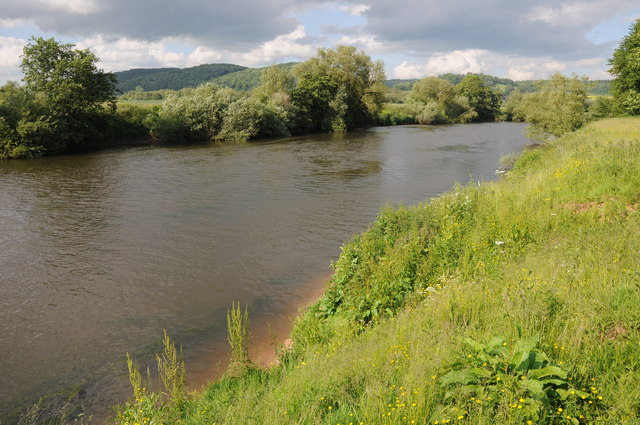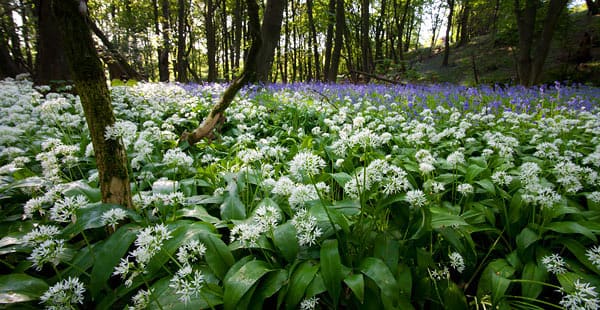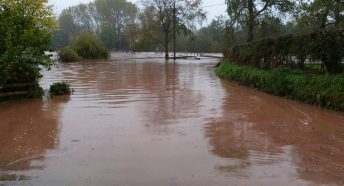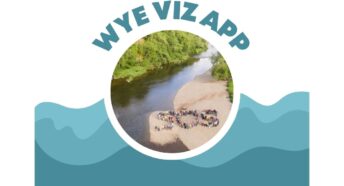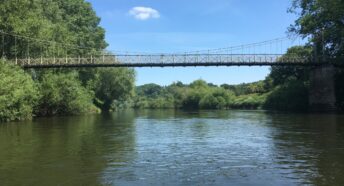The Environment Agency presents last summer's data and recognises the importance of future Citizen Science monitoring
The Environment Agency (EA) has just published its quarterly report on data from the River Wye catchment. Based on data up to October 2021, the report acknowledges the importance of our Citizen Science monitoring for the future and commits to using our data in following reports. Quite rightly, there is an increasing sense of urgency, but we comment below on some especially worrying trends.
The Bad News (some of it)
The report notes:
- ‘Significant algal growth occurs on the main River Wye during the summer.’
- ‘Excessively high summer water temperatures on the main river Wye are a major contributing factor to this algal growth.’ With continuing climate change a factor, summers are only likely to be warmer.
- ‘Arable agriculture, particularly maize and autumn sown crops like winter wheat on permeable soils contribute significantly to orthophosphate concentrations.’ The amount of maize grown in the catchment rose from 3,224 ha to 12,540 ha between 2016 and 2020. 3,428ha of hedgerows and tree cover has been lost during the same period. Land use has changed from 50% permanent grassland in 2016 to 70% arable (mostly maize and potatoes) in 2020.
- ‘The number of poultry units in a catchment does not show a clear correlation with orthophosphate levels but does appear to show a link with nitrogen levels and total phosphorus.’ There needs to be proper investigation of what happens to poultry manure once it leaves site and is spread away from its production area. River Action Uk’s excellent Plan for the River Wye includes the demand for a Manure Management Plan. Without one, it appears there is no tracing of where the manure goes nor oversight of how much manure arrives on a particular site.
- However the report finds there ‘appears to be a positive correlation between the number of chicken sheds in a catchment and total oxidised nitrogen.’ ‘Water column nitrogen concentrations are too high everywhere in the catchment’ although these will only trigger algal blooms if phosphate levels are also high.
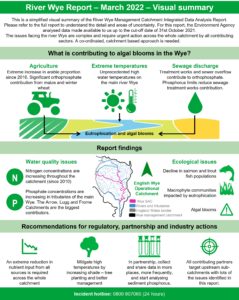
Some Good News
On a more positive note, the report recognises the massive acceleration in data capture and commits to using as much Citizen Science data as possible from now on. (The cut-off date for information to go in this latest report was October 31st 2021.)
It also includes 3 recommendations:
Efforts to increase shade by tree planting and better management of riparian (river-edge) trees could help mitigate high temperatures.
Extreme reduction in nutrient input from all sources is required across the whole catchment to contribute to the recovery of river macrophytes (plants).
Taking a catchment-based approach, all contributing partners in the Wye Management Catchment could target investigations, analysis and remedial actions in 5 target areas on the rivers Arrow, Lugg and Frome. The criteria for selecting those sites include: known high phosphate loads, local agricultural trends linked to nutrient overload, sewage treatment works, poor plant and fish populations and active local citizens. The EA seeks to collaborate with Dwr Cymru/Welsh Water on this.
Let’s just hope the report due in the summer has some brighter news.
